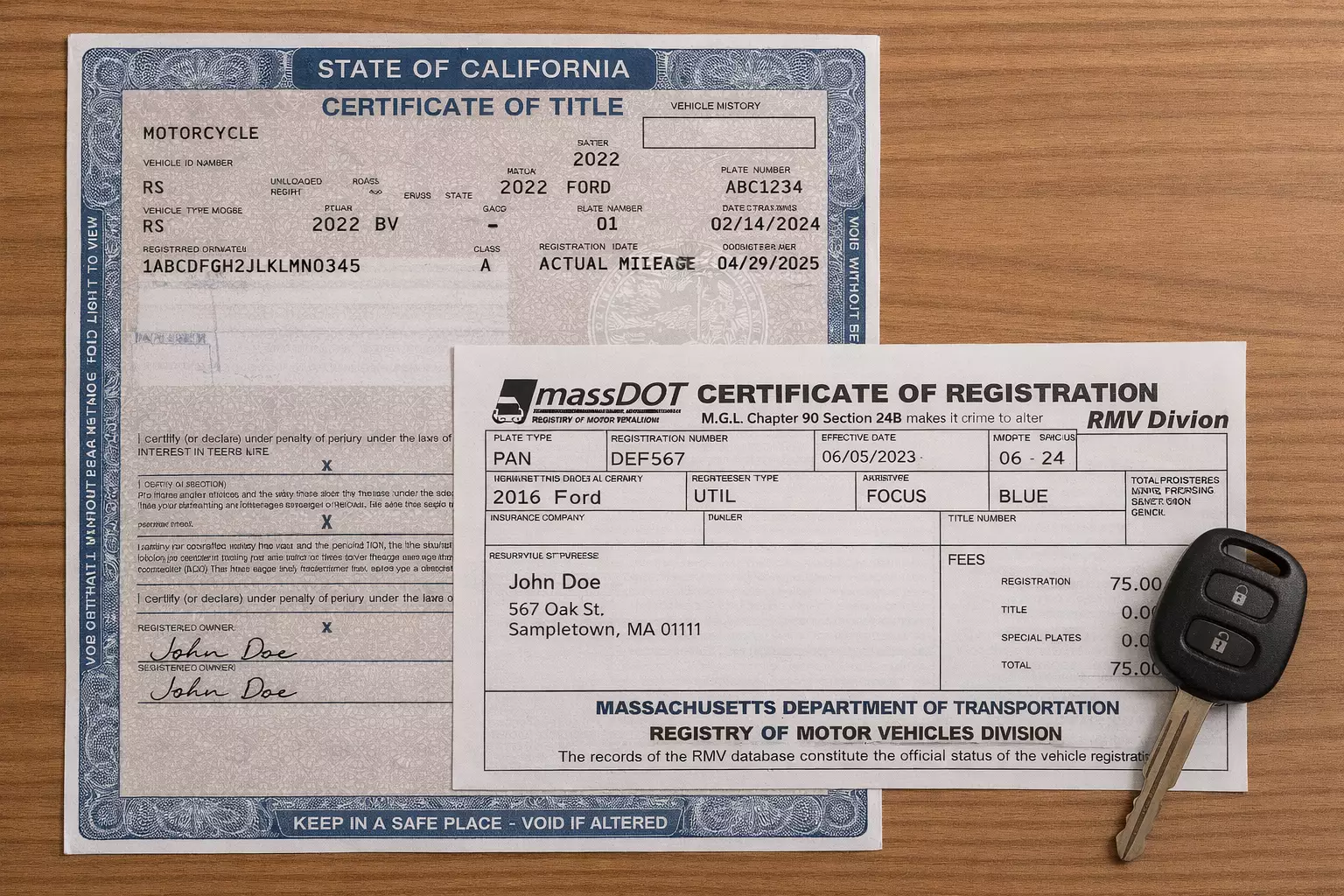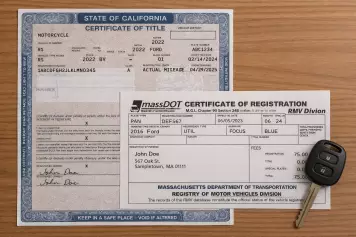Power steering in vehicles is an automotive system designed to enhance the ease of control and steering for drivers. It primarily serves as a helping hand for drivers by using either electrical or hydraulic mechanisms and reduces the effort needed to turn the steering wheel of a moving car. This is made possible by a combination of several components, including a hydraulic system, a power steering pump, a steering rack or gear, and an electric motor. The power steering system in motor vehicles facilitates smoother control of vehicles when driving.
Without the power steering technology, it would be extremely hard to steer most vehicles, as their steering wheels would be heavy, especially at a low speed. For instance, it would be difficult to maneuver in a crowded public space, which is a big safety concern, or pull a vehicle into a parking spot at a low speed. Although any modern vehicle will operate a hydraulic, electric, or hybrid electro-hydraulic power steering system, all three serve the same purpose - to reduce the physical exertion required to turn a vehicle steering wheel and provide more responsive steering control.
While the electric power steering system uses an electric motor for steering assistance, this article focuses on the hydraulic power steering system. The hydraulic power steering system (HPS) relies on hydraulic pressure generated by a pump for steering assistance, which largely requires fluid known as the power steering fluid to operate. This fluid is one of the vital fluids required to keep a vehicle running smoothly, particularly for steering control and the safety of a vehicle and its passengers.
What Is Power Steering Fluid?
Power steering fluid is used in vehicles' power steering systems to establish hydraulic links between the front wheels and steering wheels. The fluid is pressurized to make it easy for vehicle users to steer and turn their cars with minimal effort. This mechanism fosters a smooth driving experience. Typically power steering fluid is clear with a little red or green tint when it is new and in good condition. It is made from a combination of oil (synthetic or mineral) and various additives to enhance its longevity and performance. Depending on the brand/manufacturer, new power steering fluid often comes with a green or red tint for easy identification. While the specific formulation can vary based on the manufacturer, power steering fluid typically comprises 0.5 to 5% weight of an oil-soluble estolide of a hydroxystearic acid and at least 92% weight of a mineral lubricating oil.
- Synthetic-based Hydraulic Fluid - This fluid can maintain fluidity at any temperature. In other words, it can flow well regardless of the temperature. The synthetic-based hydraulic fluid primarily contains chemically-produced base oils, which increase its biodegradability and make it stable to oxidation. Although it is expensive and toxic, synthetic-based power steering fluid is known for its ability to extend a vehicle's power steering system life.
- Automatic Transmission Fluid (ATF) - While this is widely known for use in automatic transmissions, it can also be used as fluid in some power steering systems. Typically, the ATF color can be green, red, amber, or red, so users can easily differentiate them from other oils or fluids. It is commonly used as power steering fluid in vehicles manufactured before the 21st century.
- Universal Power Steering Fluid - This power steering fluid can easily be found in the market and is mostly used in modern vehicles. Universal power steering fluids have a car-specific composition that improves the performances of individual vehicles.
Using an incompatible power steering fluid in your vehicle's power steering system can damage it. To avoid this situation, be sure to use the correct fluid required by your vehicle's make and model. You can find this in your car owner's manual or online on your car manufacturer's website. In addition, the type of power steering fluid specific to your vehicle may be printed on the filler cap for the power steering fluid compartment of your car.
What Does Power Steering Fluid Do?

Power steering fluid primarily creates hydraulic pressure to ease the turning of steering wheels and assist drivers in maneuvering their vehicles safely. It does this by creating a link between a vehicle's steering wheel and its front wheels, significantly reducing the effort needed to turn the wheels. Also, power steering fluid keeps the moving parts of the power steering system lubricated, ensuring that the valves, pistons, hoses, and power steering pump perform optimally and as intended. The lubricating property of the power steering fluid helps to prevent the parts of the steering system from wearing out while operating. It also contributes to the longevity of the power steering system, as it suppresses foaming and prevents corrosion in the power steering pump and gear. This ultimately prevents the steering system from locking up.
Furthermore, power steering fluid is a medium that helps with cooling within a vehicle's power steering system. Generally, the fins in the power steering cooler system absorb heat from the power steering fluid as it passes them and exchange it to the air, reducing unnecessary strain on the components of the power steering. Once a vehicle's power steering fluid exceeds its normal operating temperature, it will stop serving its intended purpose of cooling and lubricating the mechanical parts of the power steering system.
How to Check Power Steering Fluid
Checking a vehicle's steering fluid is a straightforward process. Start by locating the power steering fluid container/reservoir using these simple steps:
- Open the vehicle's hood
- Look out for a white or yellow container/reservoir with a black cap
- The bigger container with a white or yellow color is the reservoir containing the power steering fluid
- After locating the car's power steering fluid reservoir, you can check the steering fluid with the following steps:
- Warm up the vehicle's engine to a normal operating temperature and repeatedly turn the steering wheel back and forth in both directions a few times. This will get the power steering fluid up to temperature
- Turn off the engine and reach for the fluid reservoir cap. You can wipe it clean before opening it
- Once the cap is opened, check the power steering fluid level by doing the following:
- Wipe the dipstick attached to the reservoir cap dry with a cloth and reinsert it in the fluid reservoir
- Now, remove the dipstick once more and check the level of the fluid on the dipstick
- Your power steering fluid is already low if the level is below the MIN line on the dipstick/reservoir. You can add the recommended fluid when this happens, but be sure the level does not exceed the MAX mark on the container or dipstick.
- Replace the reservoir cap, start the engine, and move the steering wheel back and forth for a few minutes to circulate the fluid throughout the vehicle’s power steering system.
Besides checking the level of your power steering fluid, it is also important to check its quality. Typically, healthy power steering fluid will retain its original color and have a clear appearance with no sign of dirt. On the other hand, a deteriorating or dirty power steering fluid will appear cloudy, foamy, and dark or brown.
How Often Should You Change Your Power Steering Fluid?
Unlike an engine oil change, not all car manufacturers recommend a particular period between servicing the power steering system by changing power steering fluids. However, the power steering fluid should be checked regularly for signs of dirt and faded color, which may indicate dirty power steering fluid and the need for a fluid change. Changing the power steering fluid at the appropriate time can help extend the life span of your car's power steering system.
Generally, changing power steering fluids between 40,000 miles and 75,000 miles or between every two and five years is recommended. While there is no definite power steering fluid change interval, the timing will largely depend on how the vehicle is being driven and whether it is primarily operated in city or highway driving conditions. However, it is recommended that drivers follow the instructions within their vehicle owner's manual if it indicates a different schedule for power steering fluid change.
How to Change Power Steering Fluid

You can change your vehicle's power steering fluid using the turkey baster method. This involves using a baster to siphon or remove the old or dirty power steering fluid from the fluid reservoir while the car engine is off. Be sure to suck out all the content, including all the debris, with the baster and empty them into a pan. Afterward, refill the fluid reservoir/container with a new and recommended power steering fluid up to the appropriate MAX line on the reservoir.
Alternatively, if you intend to flush the entire power steering system, you can change your power steering fluid by taking the following steps:
- Get a jack, long sleeves, gloves, and eye protection ready for safety.
- Raise the vehicle's front wheel with a jack, making sure there is enough clearance between the ground and the car to enable you to slide under the vehicle.
- Find the catch tray (if available) under the power steering system and remove it to check for signs of fluid leakage.
- Get a disposable pan and put it under the location of the catch tray in readiness to drain the power steering fluid.
- Unhook the low-pressure hose from the power steering pump at its lowest possible point to drain the dirty power steering fluid into the ready disposable pan.
- If you are capable, disconnect the line connecting the reservoir and the power steering rack to remove additional dirty power steering fluid from the entire system.
- After completely draining the old fluid, replace the low-pressure hose. Also, replace the line running from the power steering rack and the fluid reservoir (if you removed it). Be sure they are well-fitted in when you replace them.
- Now, unscrew the power steering fluid reservoir cap and fill it up with a new but recommended power steering fluid until it reaches the MAX line on the reservoir. To ensure that air bubbles are not trapped in the power steering system, you can fill the reservoir halfway, turn the vehicle on, and move your steering wheel back and forth from one locked position to the other as you continue to fill the reservoir with power steering fluid.
- Replace the cap and turn the vehicle off once the fluid reaches the appropriate line in the reservoir. Clean up the area under the hood if there is any fluid spill while refilling the reservoir.
- Confirm that the power steering wheel works properly by turning the vehicle on and moving the steering in both directions while the car's weight is on the tires.
Conclusion
Your vehicle's power steering system is what makes it easy for you to maneuver the car. Hence, it is important to maintain the power steering fluid to ensure optimal performance of the entire steering system and for safety purposes. Generally, changing power steering fluids is crucial because of the operating mechanism of the steering system. The power steering pump puts out several hundreds of hydraulic pressure, and over a long usage period, the power steering fluid becomes dirty. Usually, a dirty power steering fluid causes friction and can damage the power steering system, including the steering pump and rack. These vehicle parts can be expensive to replace; hence, there is a need to always check your power steering fluid, ensure proper maintenance, and remember to do a power steering fluid change when required.








![Best Sites to Check a Car’s History [2025 Review]](https://media.infopay.net/thumbnails/K8lMeG2QLjE46LPqZlmoi6SunKKdT5qvlaRZk6e1.webp)










![Best Sites to Check a Car’s History [2025 Review]](https://media.infopay.net/thumbnails/K8lMeG2QLjE46LPqZlmoi6SunKKdT5qvlaRZk6e1-w356.webp)
